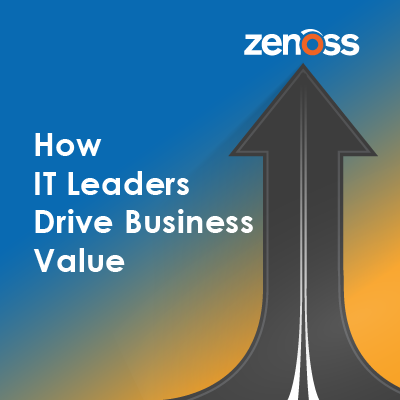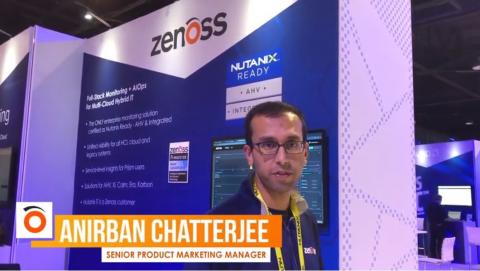How AIOps Can Help Contextualize Your Data
Defined by Gartner, artificial intelligence for IT operations (AIOps) platforms utilize big data, modern machine learning (ML) and other advanced analytics technologies to directly and indirectly enhance IT operations (monitoring, automation and service desk) functions with proactive, personal and dynamic insight. AIOps addresses key areas, including data collection and storage, analytical engines (real time and deep), visualization/UI, and integration with other applications.











